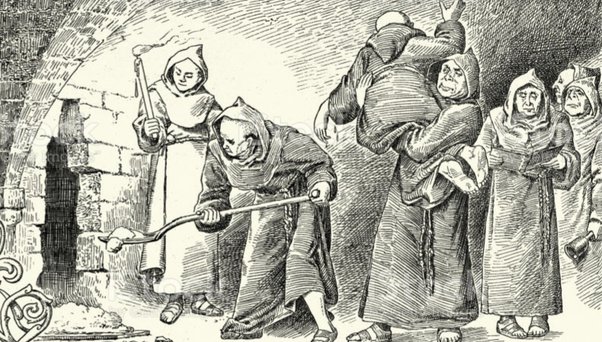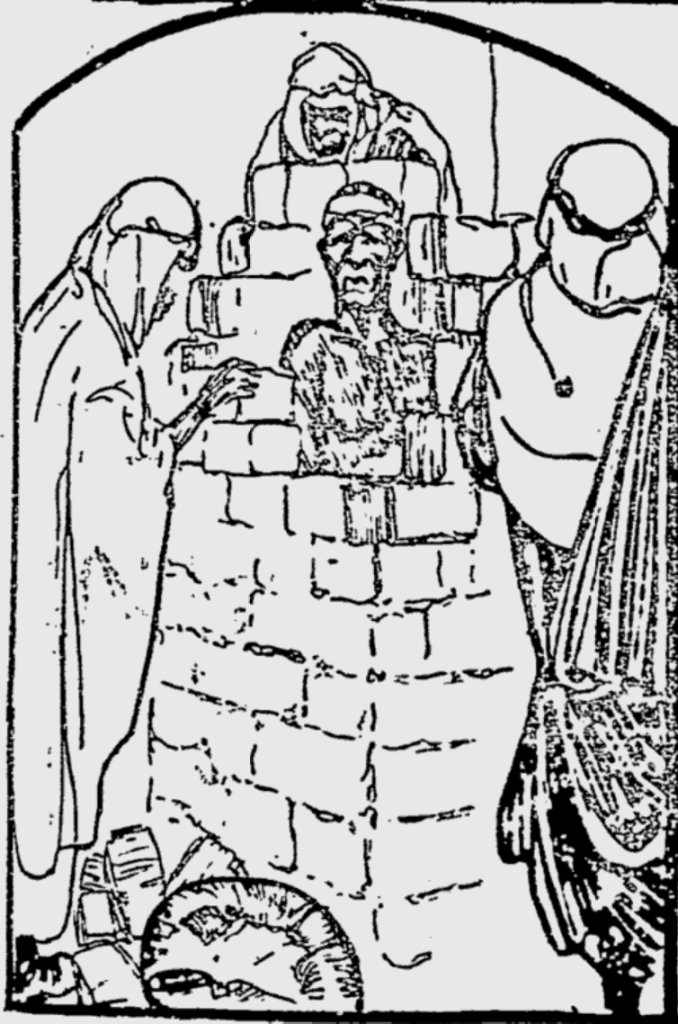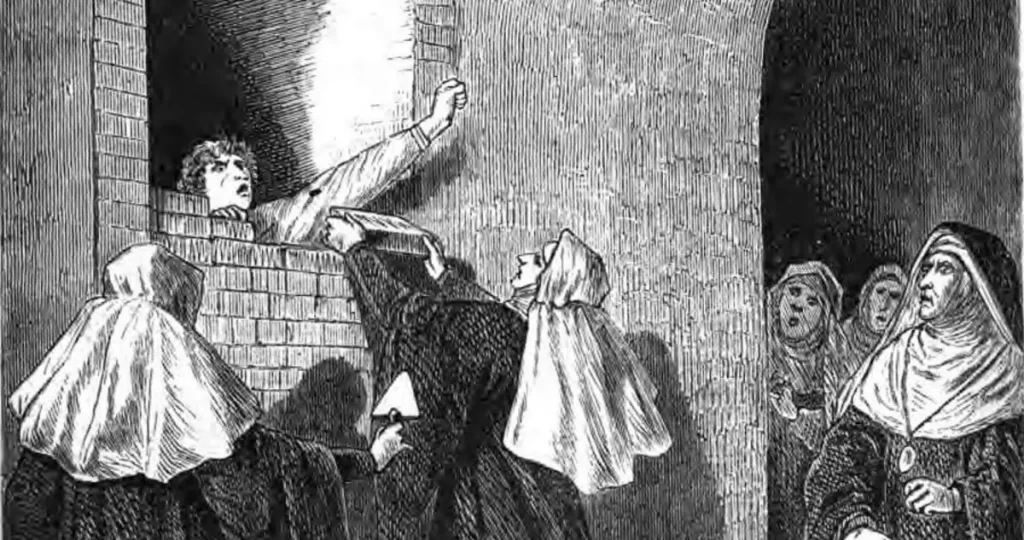Immurement is a terrifying practice that has existed for centuries, involving walling or burying someone alive within a confined space. This inhumane act has been used as a form of punishment, sacrifice, and even for religious purposes. Although practice is now considered illegal and unethical, its history and impact on society cannot be ignored. In this article, we will delve deeper into the practice of immurement, its history, reasons, and consequences.
The History of Immurement

Immurement has been used throughout history in various cultures and for different reasons. One of the earliest recorded instances of immurement occurred in Ancient Rome, where Vestal Virgins who violated their vows of celibacy were punished by being buried alive. In medieval Europe, immurement was used as a form of punishment for various crimes, including adultery, murder, and witchcraft. Immurement was also used as a sacrificial ritual in various ancient cultures, including the Aztecs and Incas.
The Practice of Immurement
The practice of immurement, also known as live burial, is a horrific act that has been used throughout history for various reasons. It involves trapping someone in a confined space such as a room, crypt, or tower, often without food or water, until they die. This practice has been used as a form of punishment for crimes, a means of controlling the population, and even as a sacrificial ritual. In this part we will explain more about the practice.
Forms
The practice can take various forms, including burying a person alive in a coffin or walling them up in a confined space such as a room, crypt, or tower. The practice can also involve entombing someone alive in a sarcophagus or a tomb.
Reasons
This practicewas often used as a form of punishment to instill fear in society and deter others from committing the same crime. It was also used as a means of controlling the population and maintaining social order. In some cases, the practice ement was seen as a religious act, where the victim was sacrificed to appease a deity or to ensure a bountiful harvest.
The Psychological and Physical Consequences of Immurement

The psychological and physical consequences of immurement are severe and long-lasting. The victim experiences extreme fear, anxiety, and claustrophobia. The lack of space, light, and air can lead to panic attacks, hallucinations, and other mental health disorders. The victim may also suffer from dehydration, starvation, and suffocation. In some cases, the victim dies within hours or days of being immured.
The Moral Implications of Immurement
Immurement is a clear violation of human rights and is considered illegal and unethical. It is an act of cruelty that denies the victim their basic human rights, including the right to life, freedom, and dignity. The use of immurement as a form of punishment or sacrifice is barbaric and has no place in modern society.
The Survivors
Although the practice often resulted in death, some victims managed to survive the ordeal. These survivors suffered from severe physical and psychological trauma, which affected them for the rest of their lives. In some cases, survivors were revered as miracle workers or saints, while in others, they were shunned by society.
The Banning of Immurement
As society progressed and human rights became more widely recognized, immurement was eventually banned. In Europe, the use of this practice as a form of punishment was abolished in the 19th century. The practice was also banned in various countries across the world, including the United States, where it is considered a form of torture.
Immurement in Modern Times
Although this practice is now illegal and considered a barbaric act, there have been cases of immurement in modern times. In some countries, there have been reports of people being walled up alive for political or religious reasons. In other cases, people have been trapped in confined spaces by accident, such as being buried alive in a collapsed mine or trapped in a cave.
Immurement in Pop Culture
Immurement has been a recurring theme in literature, art, and film. Edgar Allan Poe’s “The Cask of Amontillado” is a famous short story that features immurement as a form of revenge. The horror film “The Vanishing” also features a character being immured alive. Immurement has also been depicted in video games, including the popular game “Assassin’s Creed II.”
Conclusion
Immurement is a horrific practice that has been used throughout history for various reasons. It involves walling or burying someone alive within a confined space, causing severe physical and psychological trauma. Although immurement is now considered illegal and unethical, its impact on society and the survivors of the practice cannot be ignored. It is important to continue to raise awareness of this barbaric act and work towards a world where it is no longer practiced.
FAQs
Immurement involves trapping someone in a confined space such as a room, crypt, or tower, while live burial involves burying someone in the ground while they are still alive.
Immurement was used as a form of punishment to instill fear in society and deter others from committing the same crime. It was also used as a means of controlling the population and maintaining social order.
It is difficult to determine how many people were immured throughout history, as the practice was often carried out in secret. However, it is estimated that thousands of people were immured throughout history.
This practice was used for various reasons throughout history, including as a form of punishment for crimes, a means of controlling the population, and a sacrificial ritual.


